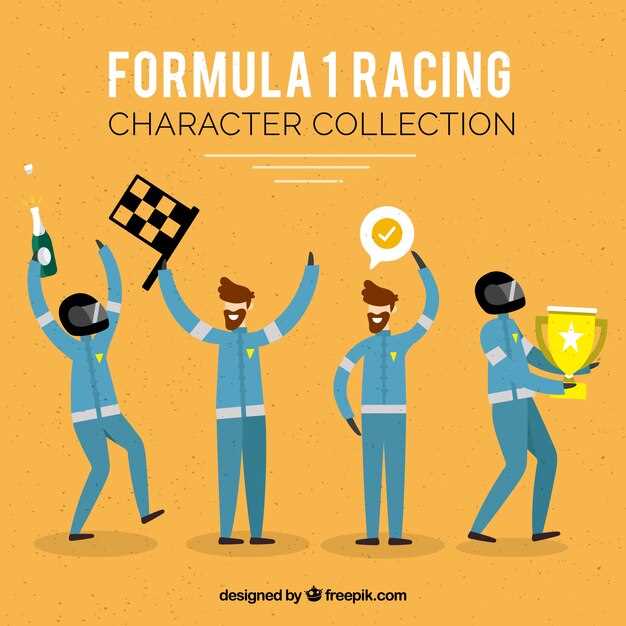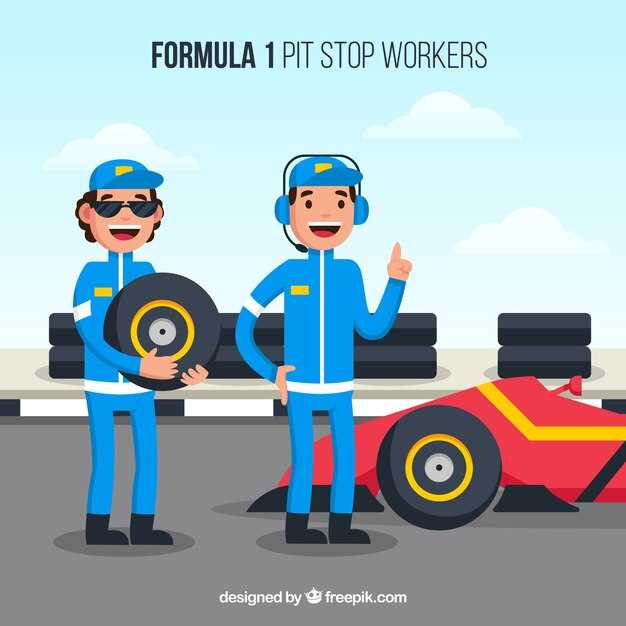
In the world of motorsport, the classification of racing activities is essential for ensuring safety, fairness, and an appropriate level of competition. Each racing class serves a specific purpose, catering to different skill levels and providing a framework for drivers to advance through their careers. This dynamic landscape of racing classes requires an understanding of various factors, including vehicle specifications, speed capabilities, and the requisite licenses for participation.
From novice enthusiasts taking their first steps on the track to seasoned professionals competing at the highest levels, the journey through these classes is structured and methodical. Beginners often start with entry-level classes, where the emphasis is on learning fundamental driving techniques and gaining experience. As drivers hone their skills, they can progress to intermediate levels, which introduce more competitive environments and higher performance vehicles.
For those who aspire to reach expert status, mastery over a class not only demands exceptional driving capabilities but also an in-depth understanding of racing strategy and physics. Obtaining the right licenses is crucial, as they validate a racer’s competence and ensure they are prepared for the challenges associated with higher classes. This comprehensive journey through racing classes allows drivers to cultivate their abilities, achieve personal goals, and potentially reach the pinnacle of motorsport excellence.
Choosing the Right Racing Class Based on Your Skill Level

Selecting the appropriate racing class is pivotal for developing your skills and enhancing your enjoyment of the sport. Your current skill level, experience, and the types of licenses you hold will significantly influence your options in motorsport racing.
For beginners, entry-level classes such as karting or beginner racing leagues provide an excellent foundation. These categories typically require minimal licensing, allowing newcomers to gain hands-on experience and familiarize themselves with race protocols and vehicle handling without overwhelming pressure.
As you advance, intermediate classes require more skill and experience, often associated with specific licenses. Participating in these classes typically involves more competitive environments, where drivers are expected to demonstrate proficiency in racing techniques, vehicle control, and strategy. At this level, obtaining an intermediate racing license may be necessary, which often requires displaying competence through a series of tests or races.
For seasoned racers, expert or professional classes present challenges that demand extensive knowledge and skills. Drivers in these classes must possess a high-level racing license and a thorough understanding of vehicle dynamics, race strategy, and technical regulations. Competing at this level often entails participation in high-stakes events where winning requires not only skill but also experience in dealing with various race conditions.
In conclusion, carefully evaluating your skill level and the requisite licenses is crucial when choosing the appropriate racing class. Matching your abilities with the right class ensures a fulfilling and progressive racing experience, paving the way for continuous improvement in your racing journey.
Understanding Licensing Requirements for Different Racing Classes
Each racing class has specific licensing requirements designed to ensure the safety and competency of drivers. These licenses are essential for participants, ranging from beginners to experts, as they validate the driver’s skills and knowledge of the sport. Understanding these requirements not only helps drivers select the appropriate class but also promotes responsible racing practices.
For entry-level racers, obtaining a novice or beginner license is the first step. This type of license typically requires passing a basic written exam covering racing rules and safety regulations. Additionally, novice drivers may need to complete a certain number of training sessions or participate in supervised practice events to demonstrate their ability behind the wheel.
As drivers gain experience and progress to intermediate classes, they must apply for a more advanced racing license. This often involves a combination of track experience and successfully completing driving assessments administered by recognized racing organizations. Intermediate licenses may also require participation in specific racing events to showcase readiness for competitive racing.
Expert or professional racing classes have the most stringent licensing requirements. Aspiring expert racers must possess an intermediate license and often need to provide proof of performance in previous races. This may include a minimum number of races completed and a demonstrated record of consistency and success. Furthermore, expert licenses often require drivers to undergo more comprehensive examinations, including technical knowledge of their vehicles and advanced driving skills.
In summary, racing licenses are categorized into various classes to match the skill level of participants. Each class, from novice to expert, has defined standards that ensure drivers are adequately prepared for the challenges they will face on the track. Understanding these requirements is crucial for anyone looking to advance in the racing world.
Key Differences Between Amateur and Professional Racing Classes

Understanding the distinctions between amateur and professional racing classes is essential for anyone looking to participate in motorsport. These differences influence not only the competition level but also the requirements for licenses, vehicles, and overall commitment. Here are the main differentiators:
- Licenses:
- Amateur racers typically require a basic racing license or a provisional license, which is often easier to obtain.
- Professional racers must hold higher-level licenses, obtained through rigorous testing and proof of extensive experience in amateur classes.
- Skill Level:
- Amateur classes are designed for less experienced drivers, providing an environment for skill development.
- Professional classes attract highly skilled drivers who have often competed for years and refined their racing abilities.
- Vehicle Specifications:
- Amateur racing vehicles may have less stringent regulations, allowing for modifications that suit budding racers.
- Professional vehicles must adhere to strict guidelines regarding specifications and modifications, ensuring a level playing field.
- Competition Structure:
- Amateur racing events typically host more participants, with races designed to accommodate various skill levels.
- Professional racing features fewer competitors, with a focus on elite performance and often larger stakes.
- Financial Investment:
- Amateur racers often incur lower costs associated with entry fees and vehicle maintenance due to less demanding requirements.
- Professional racers usually face significant financial commitments, including team support, high-end vehicle maintenance, and travel expenses.
In summary, the primary differences between amateur and professional racing classes revolve around licensing requirements, skill levels, vehicle specifications, competition structures, and financial commitments. Understanding these aspects is crucial for anyone considering a career in racing or simply looking to partake in motorsports at different levels.
